The world of wine can often be as varied and complex as the grapes that produce it. For oenophiles, understanding the subtle distinctions between different wine varieties is key to the appreciation of the art. Today, we’re going to explore the differences between two grape varieties that sometimes cause confusion: Red Zinfandel and Primitivo.
Key Takeaways
- Red Zinfandel and Primitivo share similarities in taste and appearance but have distinct origins and histories.
- Diverse production areas result in unique characteristics for each wine variety.
- Vinification techniques play a crucial role in defining the final product that reaches our tables.

Red Zinfandel and Primitivo
Red Zinfandel is a popular wine in the United States, with a reputation for its robust character and full-bodied flavors. On the other side of the Atlantic, Primitivo is a similarly popular wine in Italy. Though they share some similarities in taste and appearance, these two varieties have key differences, with diverse lineage, vinification, and regional production across the globe.

As the wine industry continues to evolve, the exploration of these two varieties has further expanded the conversation on their characteristics and terroirs, offering wine enthusiasts a broader understanding of their qualities. So, let us venture into the vast world of wine by taking a closer look at Red Zinfandel and Primitivo.
Origins and History
The story of Red Zinfandel and Primitivo begins with their roots in the vineyards of Europe and the United States. Despite being genetically identical, these two grape varieties have distinct histories and cultural connections in their respective regions of origin.
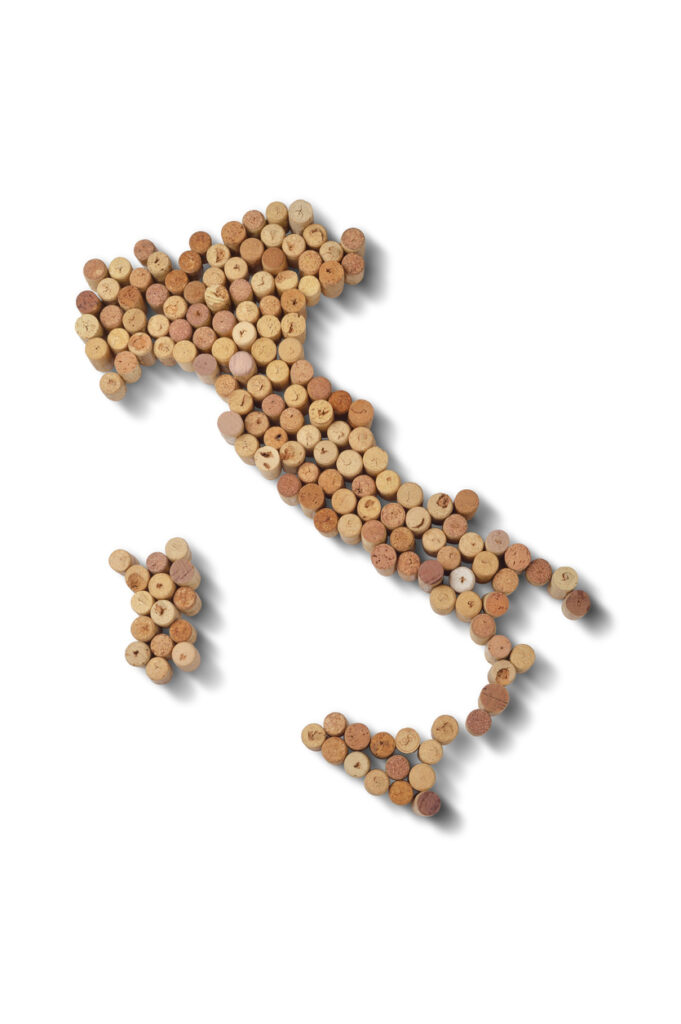
Italy
Primitivo, native to Italy, has been cultivated in the country for centuries, particularly in the southern regions such as Puglia. The name “Primitivo” is thought to have originated from the Latin word for “early,” as this grape variety ripens early in the season. Italian Primitivo has long been celebrated for its robust flavors and high alcohol content, making it a popular choice for winemakers and wine enthusiasts alike.

California
On the other hand, Red Zinfandel has its roots in California, where it became a popular grape variety in the 19th century. Although it shares its DNA with Primitivo, Zinfandel’s journey to the United States was a unique one. It is believed that the grape was brought to the US by immigrants and took on its own identity separate from its European cousin.
Common origins in Croatia
The missing link between these two seemingly different grape varieties was discovered through DNA analysis in the late 20th century. This research revealed that both Primitivo and Zinfandel are actually genetically identical to a Croatian grape – Crljenak Kaštelanski, also known as Tribidrag. It turns out, both have descended from Crljenak, an ancient grape variety found along the Dalmatian coast of Croatia.
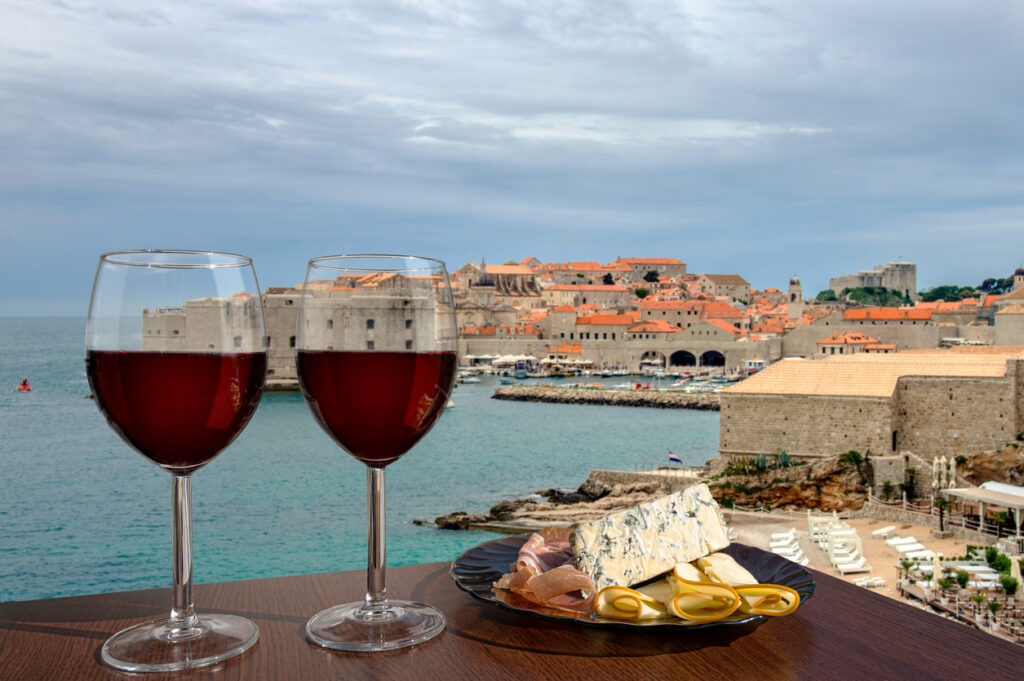
Genetic relationship of Primitivo and Red Zinfandel
The revelation that Primitivo and Zinfandel share the same genetic material has led to an increased interest in their origins and connections. Despite this shared heritage, the distinct flavors and characteristics that each variety has developed are attributed to differing climate and terroir in Italy, California, and Croatia, as well as the specific cultivation practices in each region.
In essence, the intriguing history of Red Zinfandel and Primitivo showcases the impact of both nature and nurture on wine grape varieties. With a shared ancient lineage, these grapes have traveled the world and evolved into two distinct yet related expressions due to regional influences and winemaking traditions.
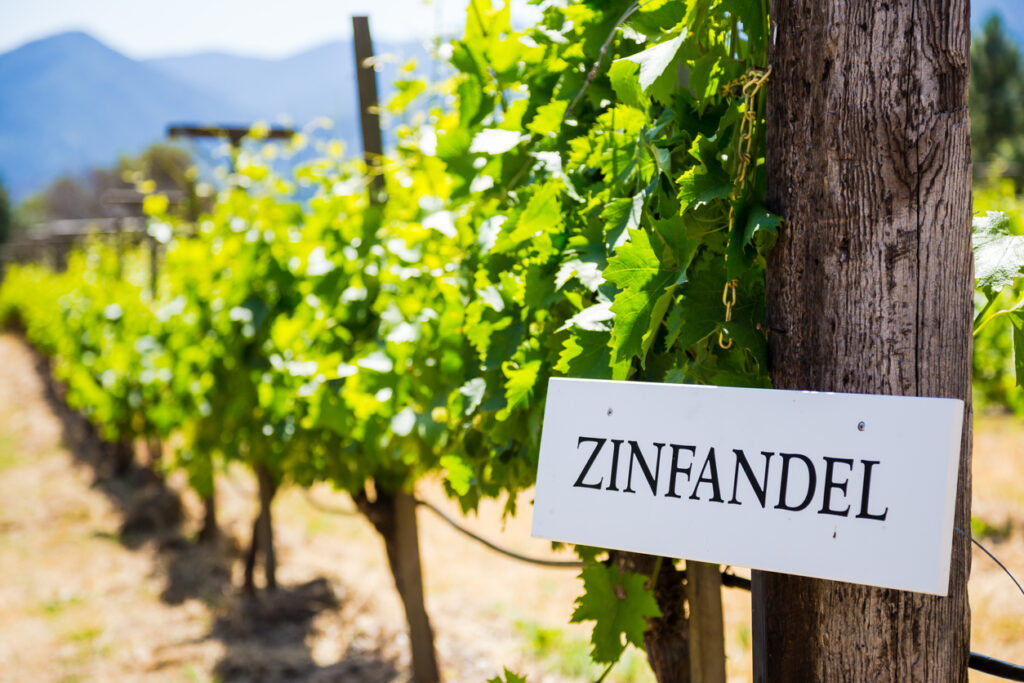
Characteristics
Red Zinfandel and Primitivo are two popular red wines that, despite their similarities, possess unique characteristics appreciated by wine enthusiasts. Both wines originate from the same grape variety but are produced in different regions.
Red Zinfandel Characteristics
It is primarily grown in California and is known for its bold flavors and high alcohol content. The wine typically exhibits fruit flavors such as blackberry, black cherry, and raspberry, often accompanied by notes of black pepper, vanilla, and tobacco. Its tannin levels are usually moderate, contributing to a balanced structure. The acidity in Red Zinfandel can vary, but it generally leans towards medium to high, giving the wine a lively and palate-cleansing quality. A typical Red Zinfandel may display the following characteristics:
- Fruity: blackberry, black cherry, raspberry
- Spicy: black pepper, vanilla, tobacco
- Tannin: moderate
- Acidity: medium to high

Primitivo Characteristics
This grape varietal is grown primarily in southern Italy, particularly in the Puglia region. It shares many flavor and aroma characteristics with its Californian counterpart but generally has a slightly more rustic and earthy profile. Primitivo showcases flavors of dark fruit, such as plum, black currant, and black fruits, with underlying notes of cherry, cranberry, and berry flavors. Additionally, Primitivo often carries hints of spice, like red fruits and blueberry. The tannins in Primitivo are moderately strong and well-integrated, while the acidity is bright and vibrant. A typical Primitivo may exhibit these characteristics:
- Fruity: plum, black currant, black fruit
- Earthy: cherry, cranberry, strawberry
- Spicy: red fruits, blueberry
- Tannin: moderate to strong
- Acidity: medium to high

Although both Red Zinfandel and Primitivo wines derive from the same grape variety, their unique terroirs and winemaking processes result in varied flavor profiles and characteristics. Wine enthusiasts can explore these wines further by sampling different producers and vintages to truly appreciate the distinct qualities they possess.
Production Areas
Red Zinfandel and Primitivo are grape varietals predominantly cultivated in California and Italy. These varietals are genetically identical, but their growing conditions and wine-making techniques are different. The production areas for each grape have unique characteristics that are reflected in the wines produced.

California
In California, the primary regions for cultivating Red Zinfandel include:
- Napa Valley: Known for its premium-quality wines, Napa Valley has a concentration of Zinfandel vineyards. The region’s diverse microclimates and soils enhance the grapes’ bold fruit flavors.
- Lodi: With a Mediterranean climate and sandy loam soils, Lodi is ideal for growing Red Zinfandel grapes. The region produces fruit-forward wines, often with jammy or spicy notes.
- Dry Creek Valley: Nestled within the expansive Sonoma region, Dry Creek Valley enjoys a combination of warm days and cool nights. This climate is perfect for producing Zinfandels with robust, peppery flavors.
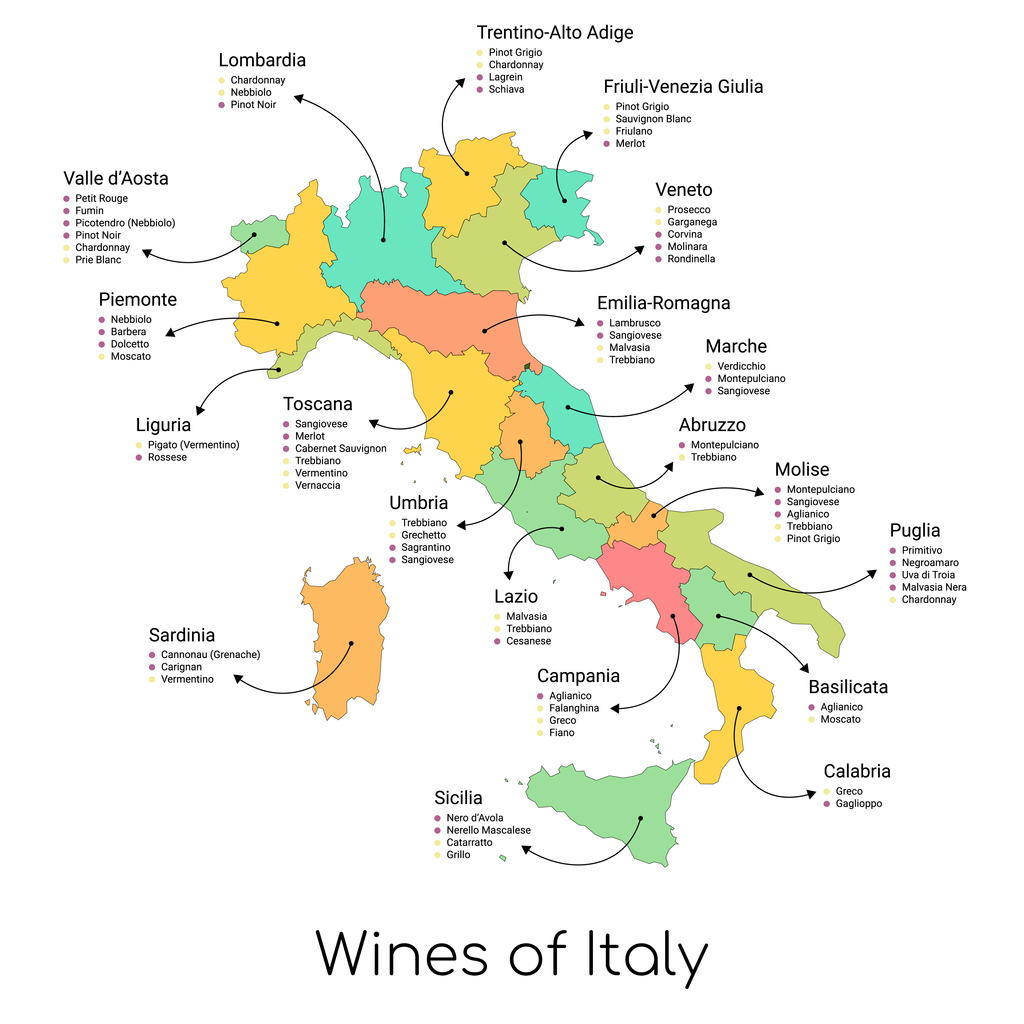
Italy
In Italy, Primitivo is mainly grown in the Puglia region, located in the southern part of the country. Some of the well-known Italian production areas include:
- Manduria: Situated in Puglia, this coastal zone is renowned for its Primitivo di Manduria wines. Rich and full-bodied, these wines often exhibit flavors of dark fruit and spice.
- Gioia del Colle: This area, also in Puglia, is home to the Primitivo di Gioia del Colle wines. These wines are typically more balanced and elegant, with flavors of red fruit and a touch of minerality.
In summary, Red Zinfandel and Primitivo are primarily produced in California (USA) and Southern Italy, respectively. The diverse regions within both countries offer unique growing conditions that lend character and complexity to the wines made from these grape varieties.
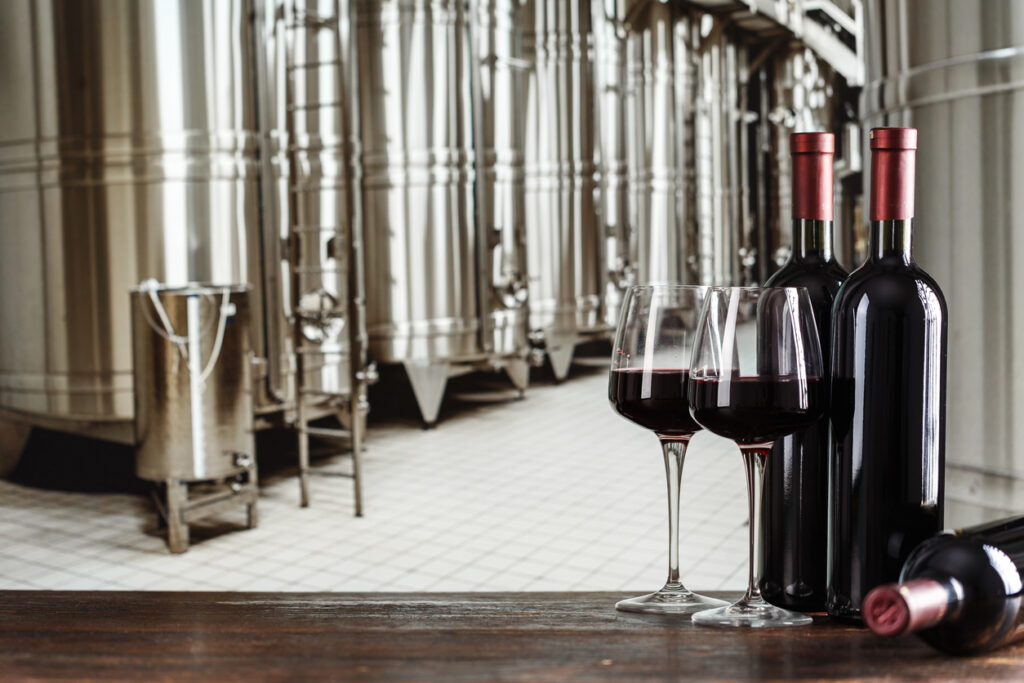
Vinification
Red Zinfandel and Primitivo are two distinct red wine varieties, each with their own unique vinification processes. While they share some similarities, such as their genetic link to the same Croatian grape, there are also key differences in how they are cultivated and produced.
Red Zinfandel Vinification
Red Zinfandel is known for its bold, high-alcohol, and full-bodied character, typically featuring an ABV in the range of 14% to 17%. Originating in California, it is grown in hot climates, which contribute to the high sugar content in the grapes. During the fermentation process, this sugar is converted into alcohol, giving Red Zinfandel its signature potency. The process also results in a darker, richer hue and more tannic structure.
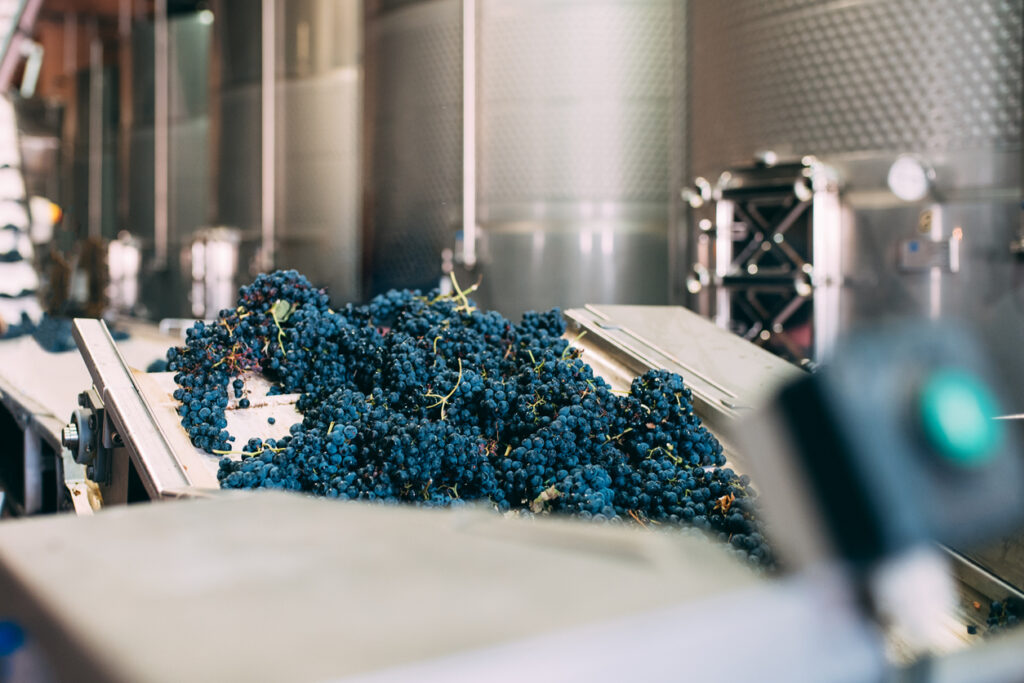
Primitivo Vinification
On the other hand, Primitivo, primarily grown in southern Italy, has a slightly lower alcohol content, usually ranging from 13% to 15% ABV. The warmer Italian climate allows for a higher sugar content in the grapes, resulting in a more full-bodied and tannic wine. However, the overall vinification process tends to be a bit more restrained, yielding wines that can be more approachable and easier to drink.
White Zinfandel Vinification
White Zinfandel, a popular rosé wine, is produced using the same grape variety as Red Zinfandel. However, its vinification process differs significantly. The grapes are gently pressed, and the juice is separated from the skins early on, resulting in a lighter, more delicate wine. White Zinfandel typically has a lower alcohol content and a sweeter, fruit-forward profile compared to its red counterpart.
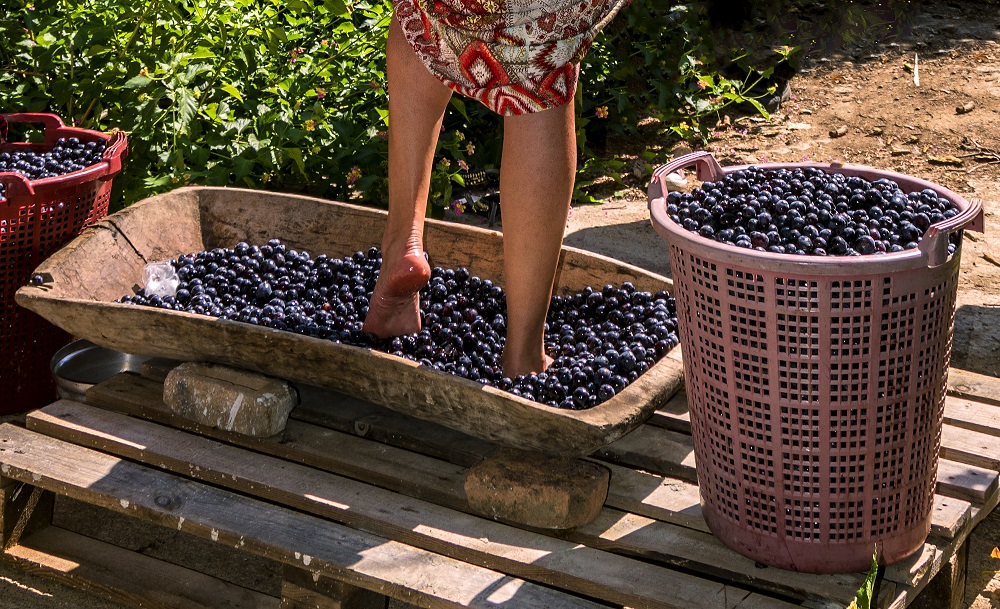
In summary, the key differences between Red Zinfandel and Primitivo can be attributed to their respective vinification processes, driven by factors such as climate, tradition, and winemaking techniques. These processes give each wine variety its own distinct qualities, providing consumers with a diverse range of options within the realm of full-bodied, dry red wines.
Comparison of Red Zinfandel and Primitivo
The main difference between Italian Primitivo and Californian Zinfandel lies in their origin, taste profile, and winemaking techniques. Both Primitivo and Zinfandel are made from the Zinfandel grape variety, but they showcase unique characteristics due to regional influences and winemaking styles.
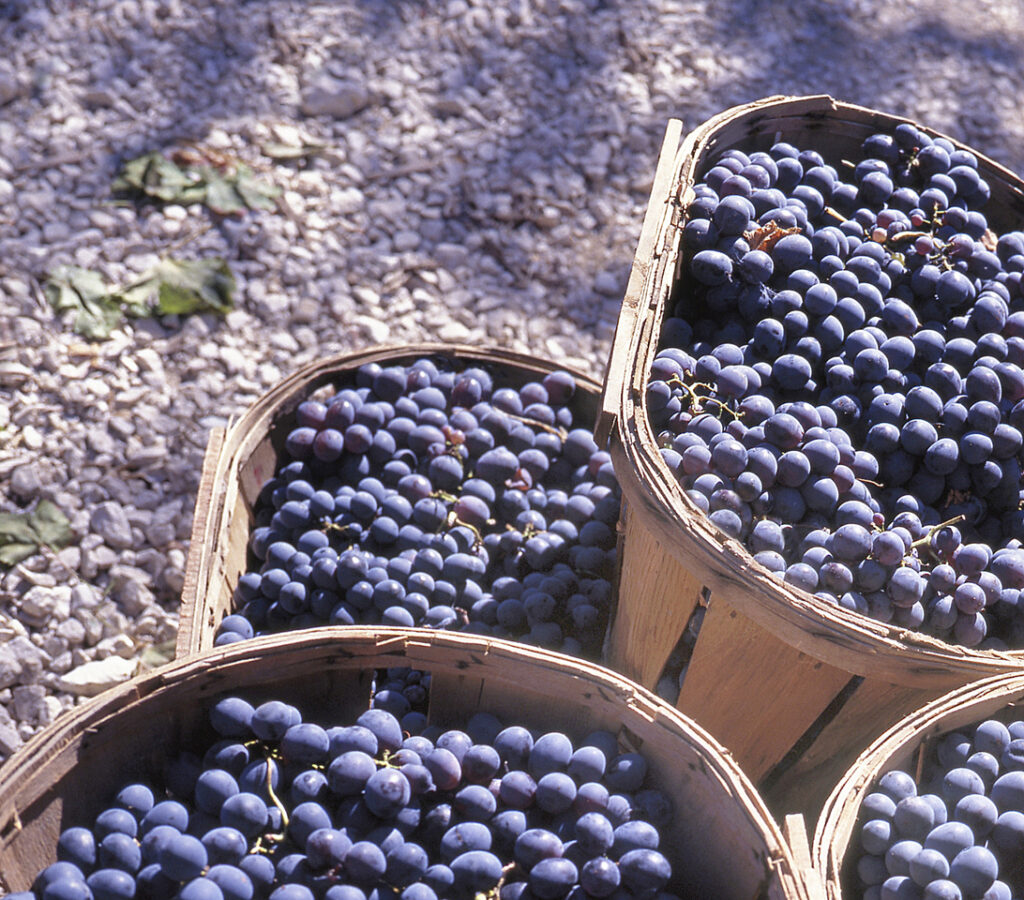
Color and flavor of Primitivo and Zinfandel
Italian Primitivo wines, originating from the southern region of Italy, are often described as elegant and rustic. These wines typically have a deep, inky color and demonstrate flavors of dark fruit, spice, and a hint of earthiness. In contrast, Californian Zinfandel wines, produced mostly in California’s central and north coast, are characterized by their jammy and robust flavors. New World Zinfandel often displays a sweet style, with concentrated fruit flavors and high alcohol content.

It is essential to note that the Zinfandel grape is a clone of the Primitivo grape, and they share the same genetic makeup. However, their expression in wine form varies due to different terroir, climate, and winemaking techniques. For instance, old Zinfandel vines in California can create more complex and intense wines compared to relatively younger Primitivo vines in Italy.

While both Italian Primitivo and Californian Zinfandel showcase the versatility of the Zinfandel grape variety, they offer distinct experiences for the wine enthusiast. Primitivo wines provide a more refined and traditional take on the grape, while Californian Zinfandel presents a bold and fruit-driven expression that many wine lovers appreciate. In summary, the choice between Primitivo and Zinfandel often comes down to personal taste and preference, with each style offering a unique interpretation of the Zinfandel grape.
Pairing and Serving
When it comes to pairing and serving, both red Zinfandel and Primitivo wines offer diverse options that can elevate the flavors of various dishes. Thanks to their bold character and rich fruity notes, they create an excellent accompaniment to many types of cuisine.

Zinfandel Food Pairing
Red Zinfandel is particularly known for its ability to pair well with a range of hearty dishes. For instance, it complements burgers and grilled meats due to its robust and smoky characteristics. Additionally, its fruity and spicy notes can enhance the flavor of a traditional turkey dinner, making it a popular choice for Thanksgiving celebrations.

Primitivo Food Pairing
On the other hand, Primitivo has a slightly more restrained profile, which allows it to blend seamlessly with an array of Italian-inspired dishes. Its balanced structure and high acidity make it an ideal partner for eggplant Parmesan, as the wine’s acidity can cut through the dish’s rich and creamy flavors without overpowering them.
Serving Temperature
When serving either wine, it is crucial to ensure that they are enjoyed at their optimal temperature to showcase their unique characteristics. It is generally recommended to serve red Zinfandel and Primitivo wines slightly chilled, at around 55-60°F (13-16°C). This temperature enhances the wine’s fruity notes while softening the prominence of alcohol and tannins.

In conclusion, both red Zinfandel and Primitivo offer a versatile and satisfying pairing experience with various dishes. Consider the dishes’ flavors and textures while selecting the perfect wine to make the most of your dining experience.
Producers and Wine Clubs
Red Zinfandel and Primitivo wines are produced by a variety of winemakers across the globe. Producers such as Ridge, Turley, and Seghesio are well-known for their high-quality Red Zinfandel wines in the United States, particularly in California. These wineries often focus on producing other varieties as well, including Chardonnay, Cabernet Sauvignon, and Pinot Noir.
Producers
In Italy, Primitivo is primarily produced in the southern regions, such as Puglia and Manduria. Notable Italian winemakers, like Tormaresca and San Marzano, have dedicated themselves to the cultivation of Primitivo grapes and the production of exceptional wines. These wineries also create other celebrated Italian wines, such as Barolo and Nebbiolo.

Wine Clubs
There are several wine clubs available for enthusiasts who are eager to explore the world of Red Zinfandel and Primitivo wines:
- Red Zinfandel Wine Club: This club focuses on delivering premium Red Zinfandel wines from California’s top producers. Members receive a specially curated selection of wines, including exclusive and limited-production offerings.
- Italian Wine Club: A club dedicated to Italian wines, featuring Primitivo as well as other popular varieties. Members can taste and learn about diverse wine regions in Italy, such as Tuscany, Piedmont, and Sicily.
- International Variety Club: This club explores both red and white wines from around the world, including Red Zinfandel and Primitivo, of course. It is an opportunity for members to broaden their palates and discover new wines from numerous countries and diverse grape varieties.
By joining one or more of these wine clubs, members have the chance to deepen their appreciation for Red Zinfandel and Primitivo wines, while also expanding their knowledge on other celebrated wines produced by these eminent winemakers.

